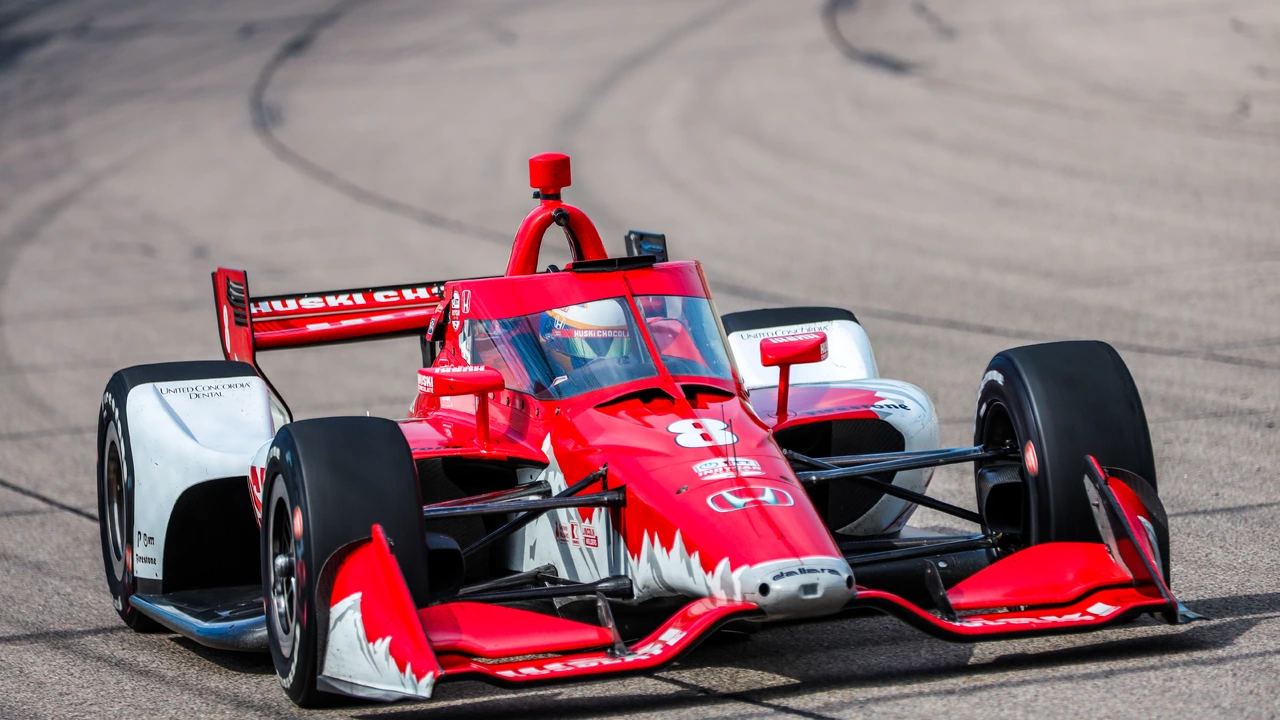Imitation in Motorsports – How Copying Drives Innovation
Ever wonder why a new race car looks a lot like last year's winner? It’s not accidental – teams often imitate successful ideas to stay competitive. Imitation isn’t cheating; it’s a shortcut that lets engineers focus on fine‑tuning instead of reinventing the wheel.
When a breakthrough part hits the track, rivals study it, test similar materials, and integrate the concept into their own builds. This rapid exchange speeds up tech development across the whole sport, giving fans faster cars and tighter battles.
Why teams imitate
First, time is money. Designing a brand‑new aerodynamic package can take months and millions. By borrowing proven shapes, a crew saves both. Second, regulation compliance pushes teams toward imitation. If the rulebook limits certain innovations, the only way to improve is to adapt existing solutions that already meet the standards.
Third, fan expectations drive imitation. Spectators love seeing cutting‑edge tech, and when a driver wins because of a clever wing design, the next team wants a piece of that success. The result is a constant cycle of ideas that evolve with each race weekend.
Smart ways to imitate without breaking the rules
Copying isn’t a free‑for‑all. Teams must respect intellectual property and stay within the sport’s strict homologation rules. Here are three practical approaches:
1. Benchmarking data. Teams gather public telemetry, lap times, and video footage to understand how a component works in real conditions. This data fuels internal simulations without stealing proprietary schematics.
2. Supplier collaboration. Many manufacturers supply parts to multiple teams. By ordering the same component, a smaller outfit can match the performance of a bigger rival without illegal reverse‑engineering.
3. Legal licensing. Some tech firms offer licensing deals that let teams use patented designs legally. It costs money, but it avoids disputes and keeps the sport fair.
Finally, remember that imitation works best when you add your own twist. Take the core idea, test it in your own environment, and improve on it. That’s how legendary cars like the Porsche 911 or the Red Bull RB series evolved – they started by copying, then innovated beyond the original.
So next time you see a sleek new silhouette on the grid, think of the chain of ideas that got it there. Imitation fuels the arms race, pushes technology forward, and keeps the sport exciting for everyone watching.

Why doesn't IndyCar imitate Formula 1 more to be as popular?
- by Ashton Beauregard
- on 1 Aug 2023
Alright folks, let's get our engines revving and dive into the hot topic - why doesn't IndyCar morph into Formula 1's twin to boost its popularity? Now, the primary reason is that IndyCar relishes being in its own unique lane, not just another F1 clone. It's got a distinct American flavor, with oval tracks and a more 'everyman' approach to racing that makes it uniquely appealing. Also, let's not forget that copying someone else's style is like wearing someone else's underwear - it might fit, but it's just not right. So, in essence, IndyCar is like the rebellious sibling of F1 - they might share some DNA, but each has its own groove going on.